When you think about the construction of a house, some of the first things that come to mind are probably the walls and roof. However, the floor is actually one of the most important parts of a home. Not only does it provide a foundation for everything else, but it also plays a crucial role in insulation, soundproofing, and comfort.
Flooring is typically made up of several layers, each with its own purpose. This article will discuss the various components in a floor system, and how they affect its comfort and durability.

What Are the Layers of a Floor?
Joists
The floor joists are the supporting beams that make up the lowest layer of a floor. They are typically made of lumber or engineered wood, and they run perpendicular to the top plates of the wall. The floor joists support the subfloor, and they also help distribute the weight of the floor evenly. In most cases, the floor joists are spaced 16-inches apart.
However, in some cases, they may be spaced 24-inches apart. The span of the floor joists is determined by the type of flooring installed. For example, a hardwood floor will require shorter spans than a carpeted floor. The thickness of the floor joists also depends on the type of flooring. In regards to electric radiant floor heating systems, these systems cannot be installed below the joists, or below the subfloor.
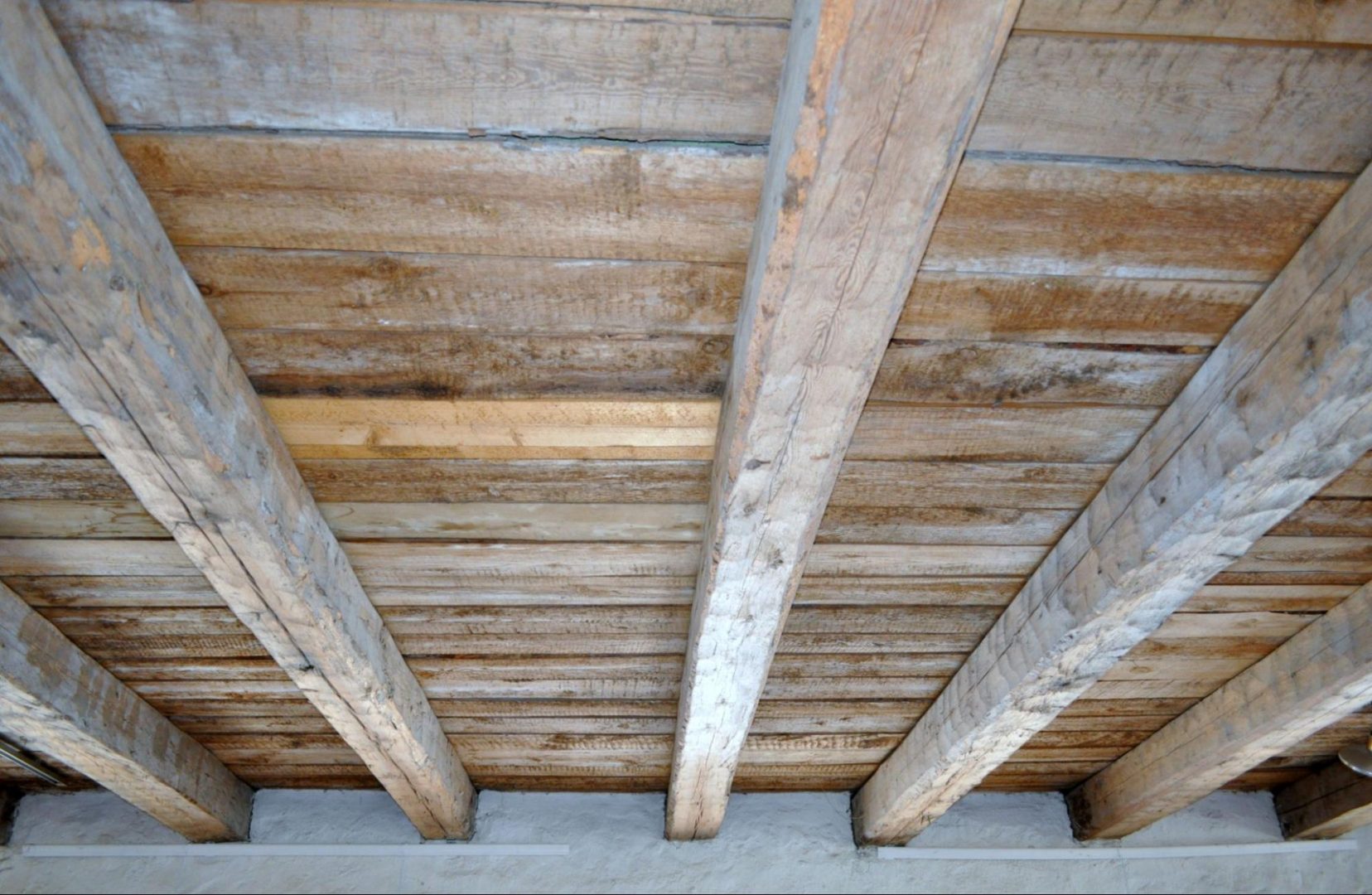
Subfloor
The subfloor is the layer of a floor that provides structural support for the finished flooring material. It is typically made of plywood or oriented strand board (OSB), and is attached to the joists with nails or screws. In some cases, the subfloor may also be referred to as the structural floor, since it is the layer that provides the strength and stability for the entire floor. The subfloor is important because it provides a level surface for the installation of the finished flooring material. In addition, the subfloor helps protect the finished flooring from moisture and other damage. For these reasons, it is important to choose a high-quality subfloor material when constructing a new home or office.
Underlayment
Underlayment is a layer of material between the subfloor and the finished flooring. Underlayment provides a smooth, level surface for installing luxury vinyl tile, laminate flooring, and hardwood floors.
There are different types of underlayment, each with their own purpose. For example, some underlayments are designed to reduce noise, while others provide extra insulation. When choosing an underlayment, it’s important to consider the type of flooring you’re installing, as well as your budget.
Underlayment is typically made from fiberboard, foam, plywood or cement, and is available in various thicknesses. Thicker underlayments will offer more sound absorption and insulation, but they can also be more expensive. Once installed, you won’t see the underlayment, but it will play an important role in the longevity and performance of your new floors.
Floor Covering
There are various types of floor coverings available for both residential and commercial properties, each with its own benefits and drawbacks. The most common types of floor coverings include carpeting, hardwood floors, laminate floors, vinyl floors, tile floors, and stone. When choosing a type of floor covering for your home or business, it’s important to consider your needs in terms of durability, appearance, and comfort, and maintenance requirements.
Types of Floor Coverings
Hardwood
Hardwood flooring originates from trees that mature more slowly. Therefore, the lumber is far denser and stronger than softwood boards. It is made of solid wood throughout, and maple, oak, walnut, or cherry are some of the most popular species. Its flexibility and quality make it a preferred flooring solution for many home buyers.
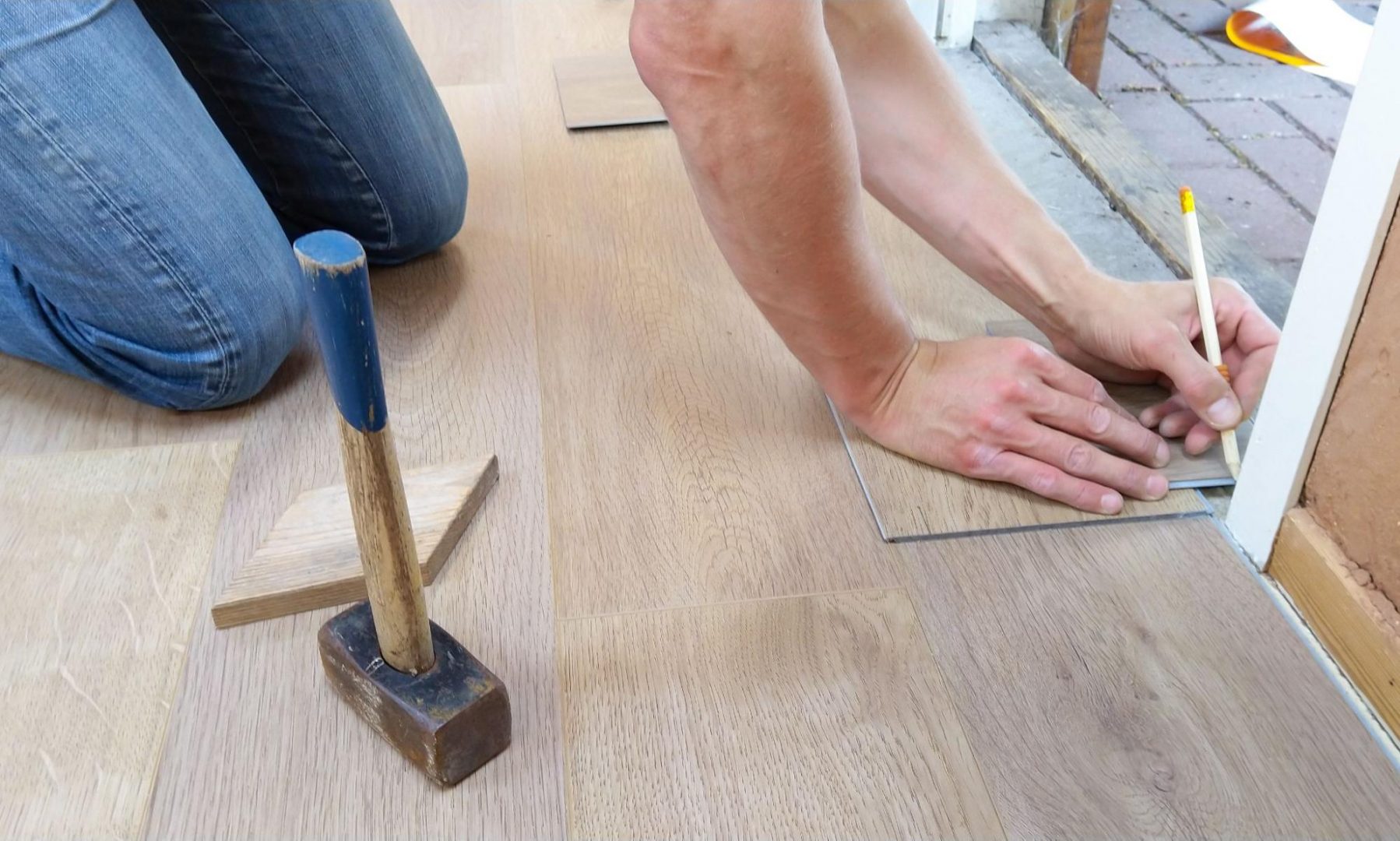
Laminate
Laminate flooring is a type of flooring that consists of a composite material made of multiple layers. The bottom layer is typically made of a stabilizing material, followed by a layer of vinyl or High-Density Fiberboard (HDF). The top layer is a decorative layer made of melamine resin, which gives the floor its distinctive appearance.
Laminate floors are available in various colors and patterns, and can be installed over existing floors without extensive preparation or demolition.

Tile
Tile is a popular choice for flooring because it is durable and easy to maintain. It is also available in various colors and styles, making it a versatile option for any home. Tile flooring is made up of a series of interlocking tiles, typically made of ceramic or porcelain. The tiles are laid on top of a layer of mortar, which acts as a binding agent. In some cases, a thin layer of grout is also used to fill the space between the tiles. The tile flooring can then be sealed with a protective coating to extend its lifespan.
Stone
Stone flooring is a type of flooring made from natural stone. The most popular types of stone flooring include slate, granite, and marble. There are three main types of stone flooring: solid stone, engineered stone, and laminate stone. Solid stone is 100%-natural stone and is the most expensive type of stone flooring.
Engineered stone is made from a mix of natural stone and man-made materials, and it is more affordable than solid stone. Laminate stone is the least expensive type of stone flooring, and it is made from a thin layer of natural stone bonded to a man-made backing.
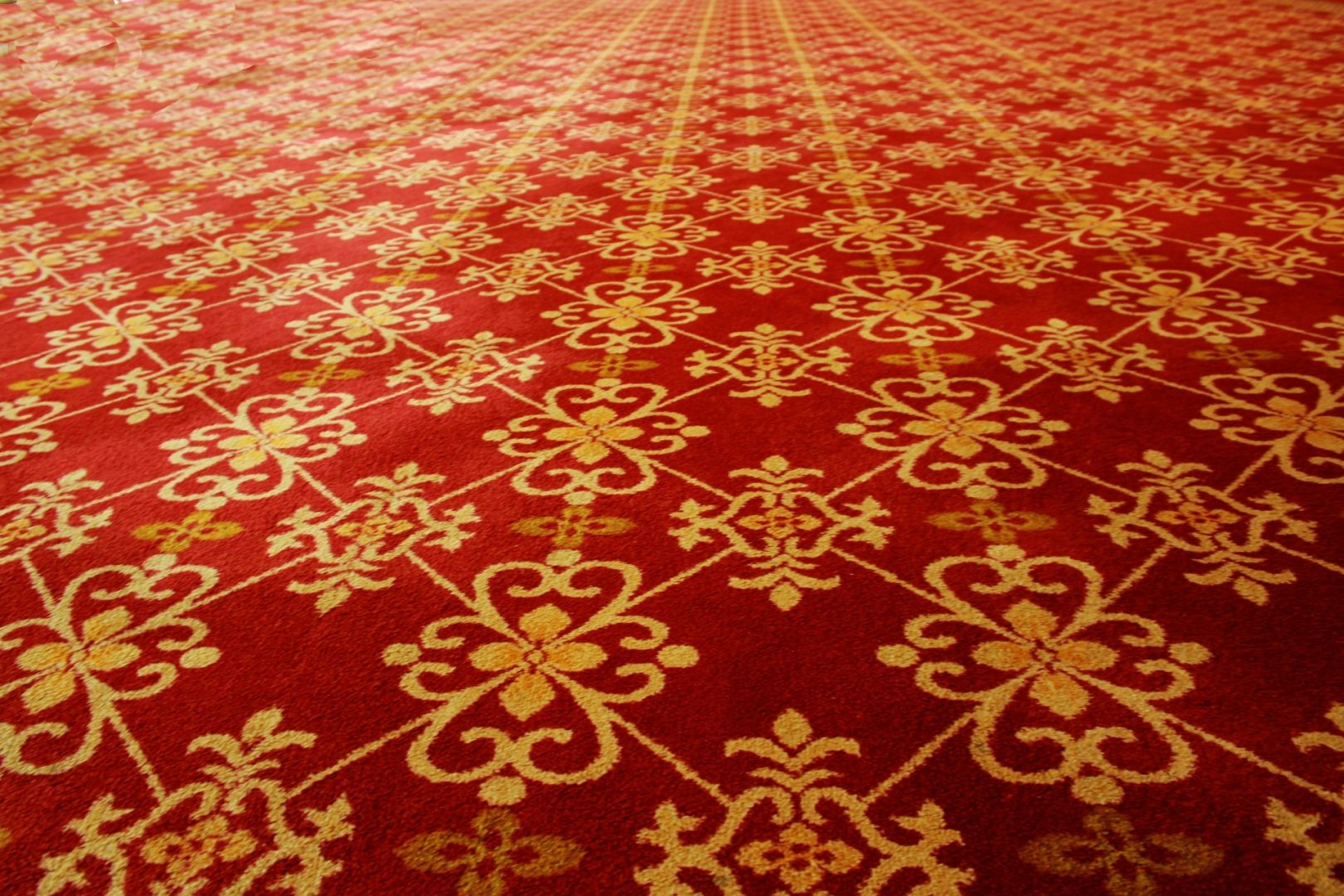
Carpet
Carpet can be made from various materials, including wool, nylon, polyester, and polypropylene. It is often used in residential and commercial settings for its comfort and aesthetic appeal. Carpet flooring is typically composed of two layers: the backing and the pile.
The backing is the layer attached to the floor and provides stability for the carpet. The pile is the layer visible from above and consists of the material that makes up the carpet itself.
Vinyl
Vinyl floors have three primary layers: a clear wear layer, a design layer, and a backing layer. The wear layer is the floor’s protectant from outside forces, such as spills and foot traffic. Meanwhile, the design layer houses the pattern or color of the vinyl, with the support coming from the last and bottom-most layer: the backing layer.
There are two types of vinyl flooring: solid vinyl and composite vinyl (VCT). Solid vinyl floors are 100%-vinyl, while composite vinyl floors are made of wood fibers and vinyl. Composite floors are less expensive than solid vinyl floors, but they are also less durable.
Which Floor Coverings Are the Most Comfortable?
When it comes to floor coverings, comfort is a key factor to consider. Some floor coverings, such as carpet and vinyl, are more comfortable than others. Carpet is known for its softness and warmth, while vinyl is known for its cushioned surface.
Which Floor Coverings Are the Most Durable?
When it comes to durability, wood, tile, and stone flooring are the clear winners. Solid wood is comfortable to walk on and when sealed properly, resists most types of damage. Tile floors are scratch and stain-resistant, while stone floors are also resistant to water and moisture.
How to Achieve Comfort and Durability: Radiant Floor Heating
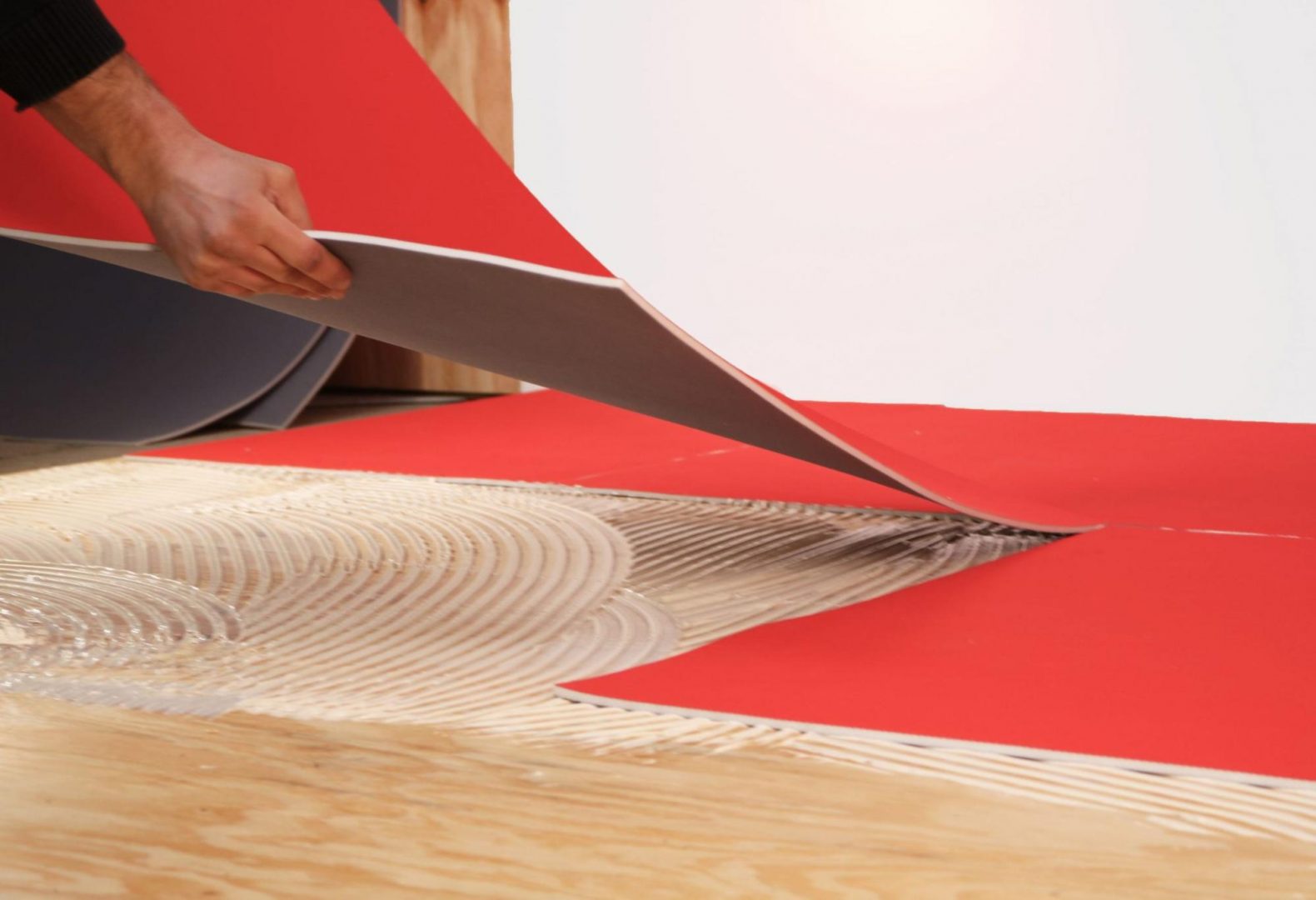
Radiant floor heat radiates heat up from the floor. It is an efficient way to heat a home, because it does not require any duct work or forced air. Radiant floor heat can be used with any type of flooring, including carpet, hardwood, tile, and vinyl. The flooring layer acts as a giant radiator, to provide warmth throughout the room, by heating the objects in the room rather than the air. It is perfect for homes with high ceilings or rooms that are difficult to heat evenly.
Consider these benefits:
- The heat rises from the floor, so there are no cold spots near the ceiling.
- Radiant floor heat is also very quiet, because there are no moving parts.
- It uses about 10-25% less energy than conventional forced-air systems. This makes radiant floor heat an excellent choice for anyone interested in saving money on their energy bills.
- Great choice for remodels, as it only raises the floor 3/8″ to 1/2″ in most cases.
- Can be controlled remotely with a Smart Thermostat.
Achieve the Best Flooring Setup with Warmup Radiant Floor Heating
Warmup radiant floor heating is easy to install under any type of flooring, including carpet, hardwood, tile, and vinyl. Radiant floor heating is the best way to achieve maximum comfort and durability from your flooring. It is an efficient way to heat your home and save you money on your energy bill.
Contact Warmup today or visit our YouTube Channel to learn more about how electric radiant floor heat can benefit you!
![Which Underfloor Heating Is Best for Me? [Flowchart]](https://www.warmup.com/wp-content/uploads/underfloor-heating-flow-chart-thumb-300x199-1.jpg)

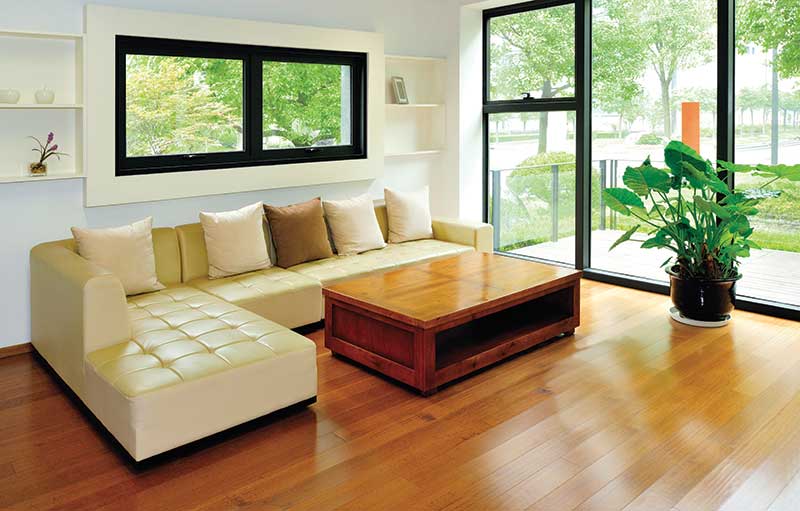

![Thumbnail [200x250]](/wp-content/uploads/Indoor-Systems-Page-Image.png)
![Thumbnail [200x250]](/wp-content/uploads/image-13.png)
![Thumbnail [200x250]](/wp-content/uploads/Projects-Image.png)